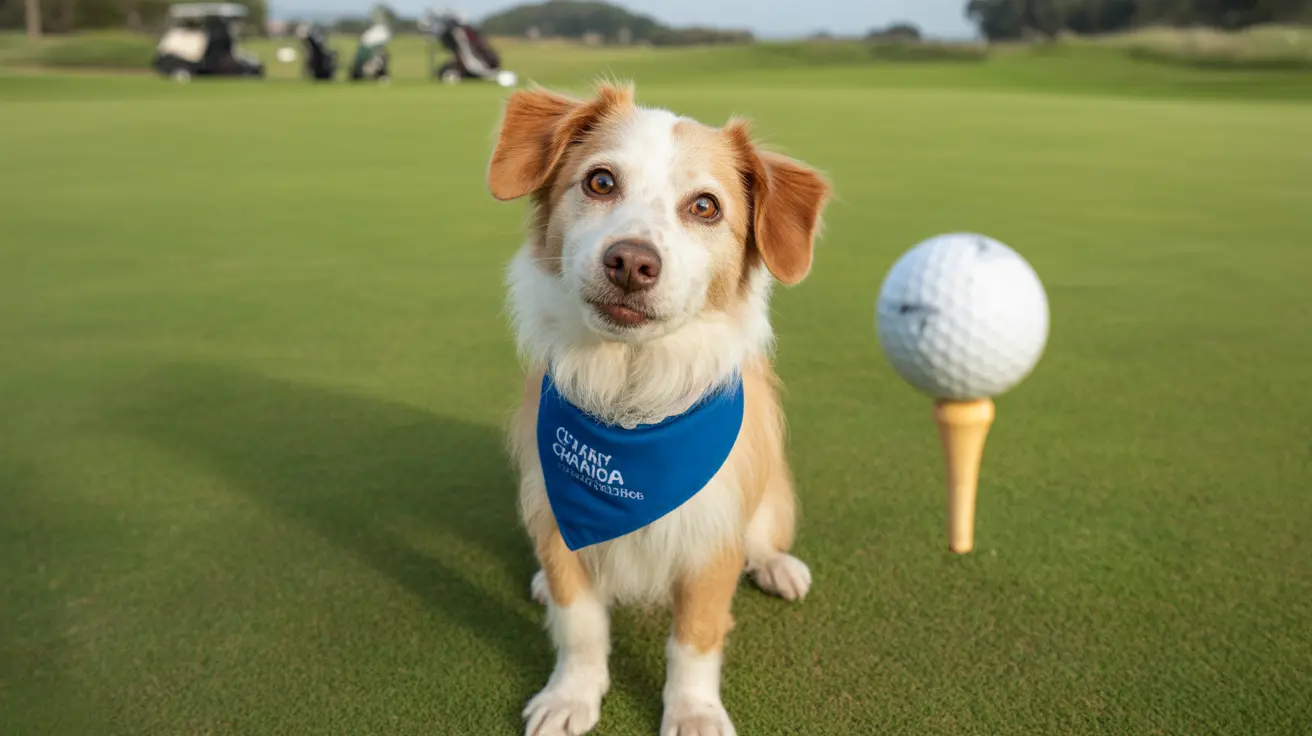Have you ever gazed into your dog's eyes and wondered what's going on inside their mind? The question of whether dogs have thoughts has fascinated pet owners, scientists, and animal behaviorists for generations. Recent research in canine cognition has revealed fascinating insights into how our four-legged companions process information and experience the world around them.
In this comprehensive guide, we'll explore the fascinating world of canine cognition, examining how dogs think, process information, and navigate their environment. We'll dive into scientific research that reveals the unique ways dogs experience thoughts and mental processes, helping you better understand your furry friend's cognitive capabilities.
The Nature of Canine Thoughts
While dogs definitely have thoughts, their thinking process differs significantly from humans. Dogs process information primarily through sensory experiences, especially through smell, sight, and sound. Their thoughts are typically focused on immediate experiences and needs rather than abstract concepts or future planning.
Research shows that dogs form complex mental representations of their environment, combining multiple sensory inputs to create a rich understanding of their world. This mental processing allows them to recognize familiar objects, people, and situations, demonstrating clear evidence of cognitive function.
How Dogs Process Information
Dogs' cognitive processes are highly developed in areas that matter most to their survival and interaction with humans. They excel at:
- Reading human emotions and body language
- Remembering locations of important resources
- Learning patterns and routines
- Problem-solving in social situations
- Processing environmental cues
The Role of Memory in Canine Thinking
Dogs possess both short-term and long-term memory capabilities, though they process memories differently than humans. Their memory system is largely associative, connecting experiences with positive or negative outcomes. This helps them navigate their environment and respond to familiar situations appropriately.
Studies have shown that dogs can remember specific experiences for months or even years, particularly when these memories are tied to emotional events or regular routines.
Emotional Intelligence and Social Cognition
Dogs demonstrate remarkable emotional intelligence, showing the ability to recognize and respond to human emotions. They can differentiate between happy and angry facial expressions and adjust their behavior accordingly. This emotional awareness forms a significant part of their thought processes.
Communication and Understanding
While dogs don't think in words like humans do, they have developed sophisticated ways to understand and communicate with us. They can:
- Recognize hundreds of human words
- Interpret tone of voice and body language
- Use facial expressions to communicate
- Understand pointing gestures
- Express their needs through learned behaviors
Frequently Asked Questions
How do dogs think, and is it similar to human thought processes?
Dogs think primarily through sensory processing and emotional associations, unlike humans who use language-based thinking. Their thoughts focus on immediate experiences, combining visual, olfactory, and auditory information to process their environment.
Can dogs understand and remember past events, or is their memory purely associative?
Dogs have both associative and episodic memory capabilities. While their memory is primarily associative, connecting experiences with outcomes, they can also remember specific events, especially those with strong emotional components.
How do dogs form mental images of objects, and does this relate to their sense of smell?
Dogs create multi-modal mental representations of objects, combining visual, olfactory, and tactile information. Their powerful sense of smell plays a crucial role in how they form and recall these mental images.
How can understanding canine cognition improve communication and training with dogs?
Understanding how dogs think helps owners develop more effective training methods by working with their natural cognitive processes. This includes using clear signals, consistent rewards, and considering their sensory-based learning style.
Do dogs have a concept of future time, or is their thinking strictly focused on the present?
Dogs primarily focus on the present moment, though they can anticipate immediate future events based on learned patterns and routines. They don't appear to plan for the distant future like humans do.
Conclusion
Understanding that dogs have thoughts, albeit different from human cognition, helps us better appreciate their unique mental capabilities. While they may not think in words or plan for the distant future, dogs possess rich mental lives filled with sensory experiences, emotional understanding, and social intelligence. This knowledge can help us build stronger bonds with our canine companions and provide them with more enriching lives.






